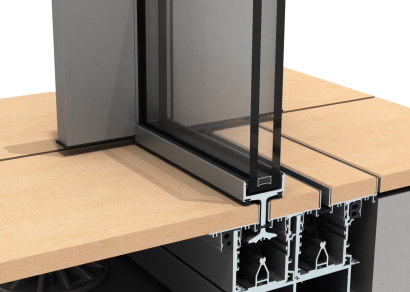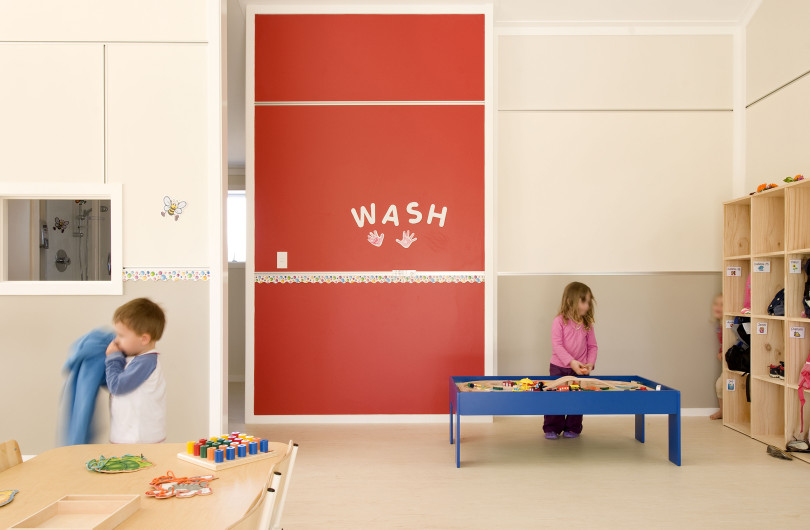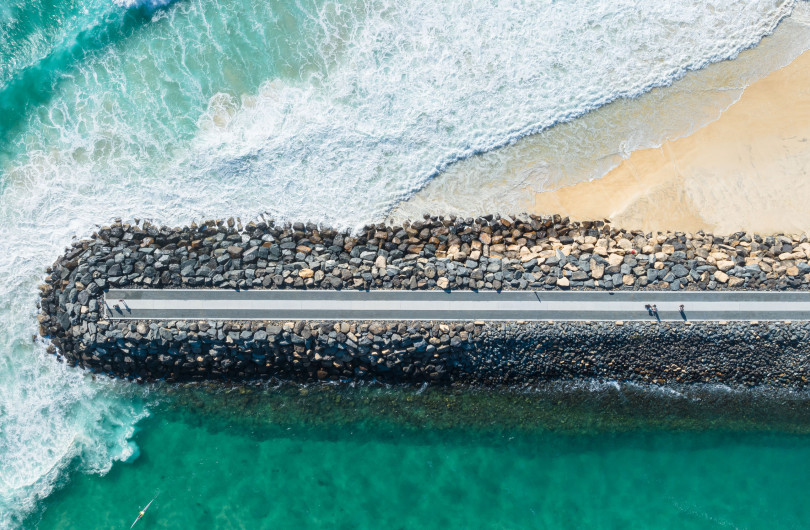The real-life fire performance of PIR insulation in Nuratherm's warm roof buildup was recently put to the test when a 15,000m² warehouse roof caught on fire at the Mikita Factory in Estonia. Flammable materials including wooden pallets, gas bottles, and other roof construction supplies were stored on the Warm Roof during construction — a common practice when space is limited. At the end of the workday, a roofer accidentally left his torch near these materials, which led to a fire. The wooden pallets caught fire, triggering the explosion of three to four gas bottles.
Given the severity of the situation and the presence of gas bottles, the local fire department raised the highest alert. Fearing a catastrophic fire, they expected extensive damage upon arrival. They were especially concerned due to prevalent misconceptions about the fire safety of PIR insulation, with many assuming it was not as fire-resistant as other materials.
Contrary to expectations, the fire had largely extinguished itself by the time the fire department arrived. Despite the explosions and the fire, the damage to the roof structure was minimal. The fire had not spread beyond the initial point of ignition, thanks to the protective qualities of the bituminous membrane and the PIR insulation found in the Nuratherm Warm roof. Apart from some minor black carbonisation, the structure remained intact, requiring only minimal repairs.
A couple of days after the incident, the roofing team resumed work. A bit of cleaning and minor repairs was all that was needed before continuing construction. The same roof that had been on fire was ready for the installation of solar PV panels soon after.
One of the key advantages of PIR insulation is its compression strength, which is crucial for supporting heavy installations like PV panels. Had mineral wool been used, the insulation would have been prone to indentation, making it unsuitable for such applications. The durability of the PIR in the warm roof system, along with the bituminous membrane, ensured that no further damage occurred during the installation of the panels.
The fact that the warm roof featuring bituminous membrane and PIR insulation had not only resisted fire but also minimised damage, has surprised local authorities and industry professionals. The fire department was so impressed with the fire resistance of the PIR in the roof system that it has since become much easier to get specifications certified in Estonia. The incident has opened doors for more large scale commercial projects, including IKEA stores and various distribution centres, to adopt the use of PIR in flat roofs.
This case illustrates how real-life performance can challenge misconceptions, and showcases the reliability and strength of warm roofs with PIR insulation. Given this success, similar applications are expected to become more common in markets like New Zealand, where fire safety and structural integrity are paramount.
About the Nuratherm Warm Roof System
The Nuratherm Warm Roof system, featuring Enertherm PIR insulation, offers a robust solution for fire safety in building design. By addressing both external and internal fire risks through its B-roof classification, favourable reaction to fire ratings, and consideration of substrate fire resistance, the system provides comprehensive building protection.
Key benefits include:
- Improved reaction to fire performance in end-use conditions
- Versatility across different substrates and insulation thicknesses
- A holistic approach to fire safety that considers the entire roof assembly/system
For architects, designers, engineers, and building owners, the Nuratherm system represents a reliable choice for enhancing building fire safety while maintaining excellent thermal performance. As always, it's crucial to consult detailed test reports and adhere to local building codes and regulations when implementing any roofing system. By choosing the Nuratherm Warm Roof system with IKO PIR insulation, stakeholders can have confidence in a solution that prioritises fire safety without compromising on other essential roofing performance aspects.
To learn more about the testing IKO have undertaken on their PIR, watch the Nuralite Fire Safety Webinar.
Alternatively contact your local Nuralite Advisor to gain access to the Nuralite, IKO PIR testing certificates.
Please note, the New Zealand Building Code has limited information regarding fire safety in flat roofs. All testing mentioned is of International and European Standards.



























 Most Popular
Most Popular Popular Products
Popular Products



